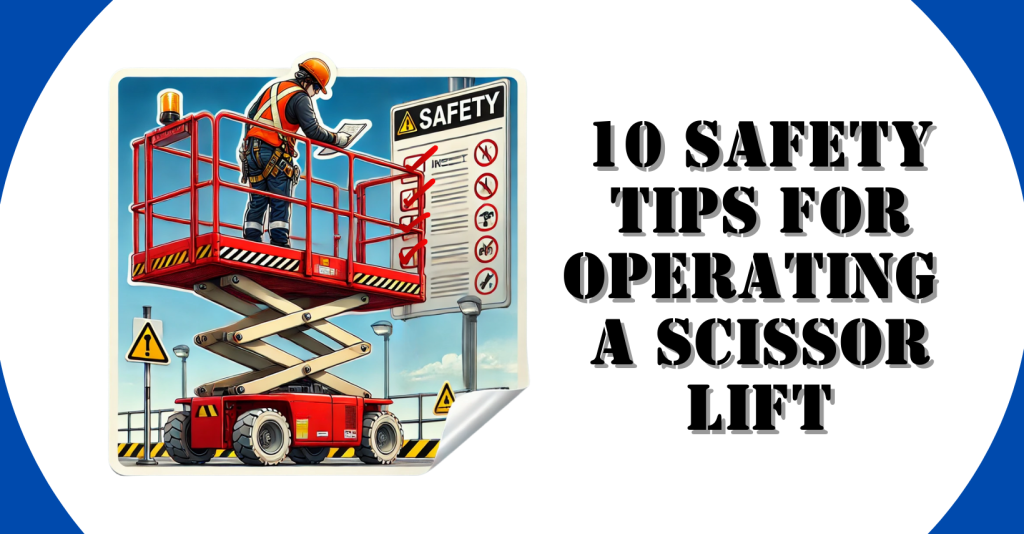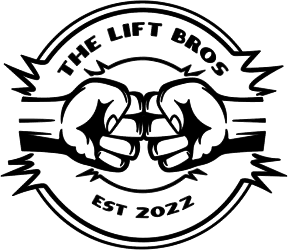
10 Essential Safety Tips for Operating a Scissor Lift
Scissor lifts are vital tools for construction, maintenance, and industrial projects, providing a safe
and efficient way to work at height. However, improper use can lead to serious accidents. Follow
these essential safety tips to ensure safe scissor lift operations on your jobsite.
1. Inspect the Lift Before Use
Before operating any scissor lift, conduct a thorough inspection.
- Check for mechanical issues: Examine hydraulic systems, brakes, and tires.
- Inspect guardrails and safety systems: Ensure all components are secure.
- Review the manual: Refer to the manufacturer’s guidelines for specific inspection points.
2. Understand Weight and Height Limits
Every scissor lift has limits on platform height and weight capacity.
- Exceeding weight limits can destabilize the lift, increasing the risk of tip-overs.
- Overextending past the rated height compromises safety.
Always adhere to the specifications listed in your lift’s manual or data plate.
3. Wear the Right Safety Gear
Personal protective equipment (PPE) helps mitigate injuries.
- Hard hats protect against falling objects.
- Harnesses and lanyards are required when there is a risk of falling from the platform.
- Non-slip footwear improves traction on the platform surface.
4. Stabilize the Lift
Set up the lift on a level, stable surface.
- For rough terrain jobs, use lifts with four-wheel drive and leveling capabilities.
- Outriggers or stabilizers should be properly deployed if the lift has them.
- Never position a lift on soft ground without additional support.
5. Avoid Overreaching
A common cause of accidents is workers leaning too far over the side of the platform.
- Keep both feet on the platform floor at all times.
- Use a larger lift or reposition the unit if more reach is needed.
6. Be Aware of Surroundings
Collisions with other equipment or structures can lead to injuries or damage.
- Survey the area for overhead hazards like power lines and low ceilings.
- Maintain a safe distance from walls, beams, and other obstructions.
7. Be Aware of Surroundings
Only trained and authorized workers should operate a scissor lift.
- Follow manufacturer instructions for raising and lowering the platform.
- Avoid quick or jerky movements that can destabilize the lift.
8. Use Guardrails Properly
Guardrails are a primary fall prevention feature.
- Do not stand or climb on guardrails.
- Ensure access gates or chains are closed when the platform is elevated.
9. Monitor Weather Conditions
Wind and rain can pose serious hazards.
- Follow wind speed guidelines provided by the manufacturer.
- Avoid using a scissor lift during storms or strong gusts.
10. Plan for Emergency Situations
Be prepared to respond quickly if something goes wrong.
- Ensure workers know how to use emergency stop controls.
- Keep emergency lowering procedures accessible and well-understood.
Final Thoughts
Scissor lifts are invaluable tools, but safety must always come first. By following these
guidelines, construction companies can reduce accidents, improve efficiency, and maintain
compliance with OSHA regulations.
At The Lift Bros, we prioritize safety and quality. Contact us for advice on the best lifts for your
projects and additional safety resources. Contact – The Lift Bros Inc.
Subscribe now and join a community of professionals who are committed to staying safe, smart, and efficient in their work. The Lift Bros – Aerial Lifts – YouTube


